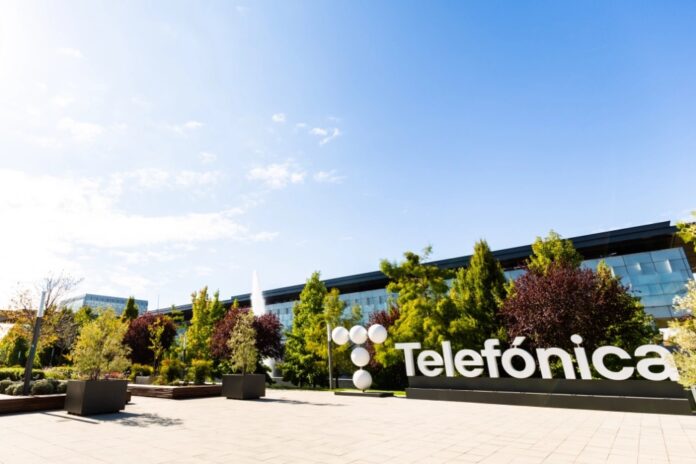CNMC suggests actual FTTH data use on the telco’s network is much lower than previous estimates
In a new twist to the hot debate around Fair Share between the techcos and telcos, Spain’s regulator the National Markets and Competition Commission (CNMC) has essentially joined the debate after it began using actual data from Telefónica’s network, rather than estimated traffic, to build its models.
It found that traffic growth was way lower – at 9.17% – than the 25% year on year growth it had previously assumed. The regulator went on to say average peak use per sub was only 2.7Mbps in 2022. It said this will rise to 3.2Mbps in 2024.
So, despite datacentre-to-datacentre growth reaching anything up to 32% YoY, depending on your choice of analyst, telco fibre access traffic growth looks much more modest when using actual data.
In April, the regulator carried out a review of the price per Mbps of bandwidth that operators pay to collect traffic from their customers in each province when they use Telefónica’s NEBA indirect fibre service. The review led CNMC to lower how much Telefónica can charge, from €1.97/Mbps to €1.75/Mbps after updating its forecast of traffic growth that each user will consume on average in the coming years.
People are getting out more
Post-pandemic, when the review was carried out, Covid had kicked on a 55% traffic increase so at the time, in May 2021, the regulator estimated traffic would continue to grow at 26% in future years. CNMC in its 2022 forecasts suggested the eight million or so FTTH users on Telefónica’s network would demand, on average, around 3.834Mbps (peak) during the day.
However, CNMC ditched its estimates after using the telco’s actual network data – usage was much lower. This can be a slight problem when you are trying to convince the EU and regulators that big tech needs to co-fund rapid network growth. Regardless of whether this drop is down to much better compression technologies by content providers or sensible auto-updates from the gaming community, it is hard for operators to argue they are faced with huge traffic increases, which is not evident on the ground.
Actual data growth in 2022 was measured at 9.17% meaning the average consumer demand was 2.7Mbps, a far cry from the estimated 3.8Mbps forecast in 2021. This level of sub-double-digit growth actually returns Telefónica to pre-pandemic growth rates. Interconnecting operators saw a slightly higher growth of 11.3%.


